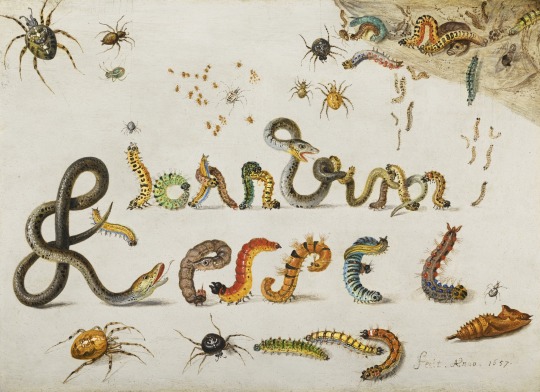Happy International #HorseshoeCrabDay!
Heinrich Harder (German, 1858-1935) "Pfeilschwankrebs" [Horseshoe Crabs], 1916 Collector Card from Tiere der Urwelt [Animals of the Prehistoric World] Series I
Horseshoe Crabs (Xiphosura) have been around for a long time...their fossil record goes back over 440 mya! This card illustrates the Atlantic Horseshoe Crab (Limulus polyphemus), one of four still-living species and the only one native to the Americas. Also, their common name is misleading - they are not true crabs or even crustaceans, but rather chelicerates, making them closer relatives of arachnids and sea spiders!



